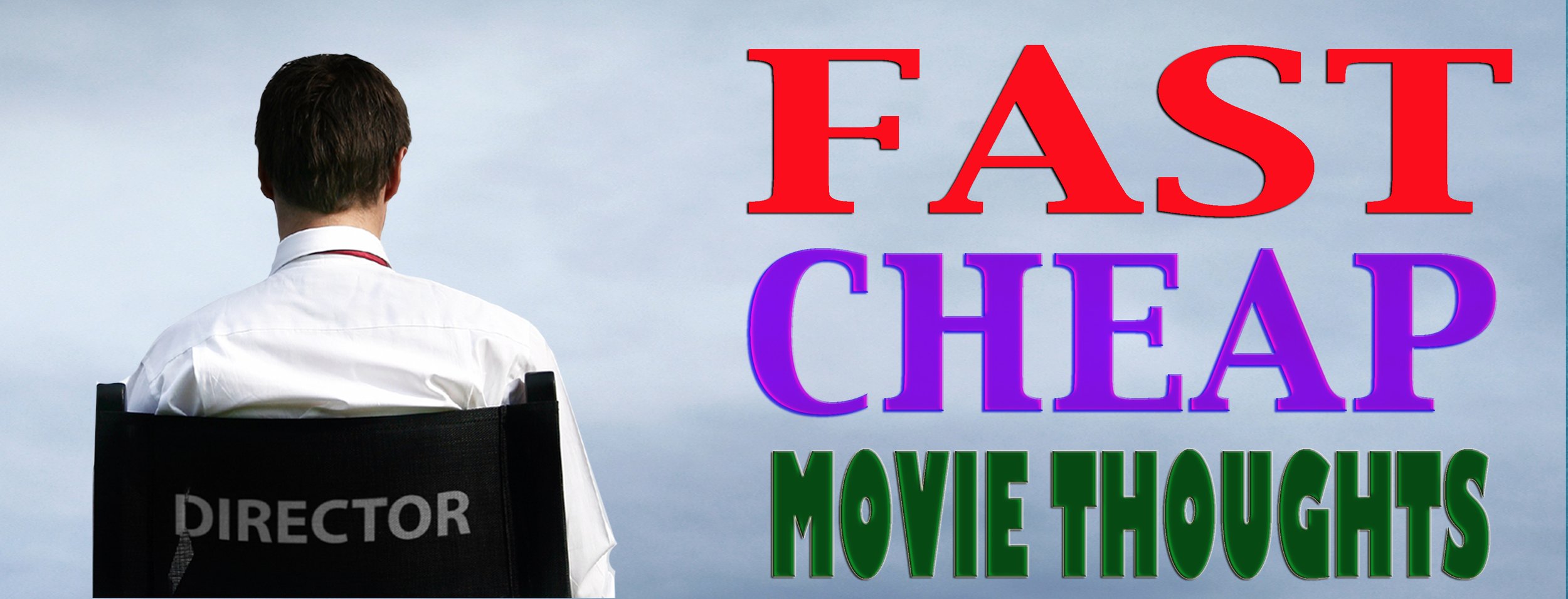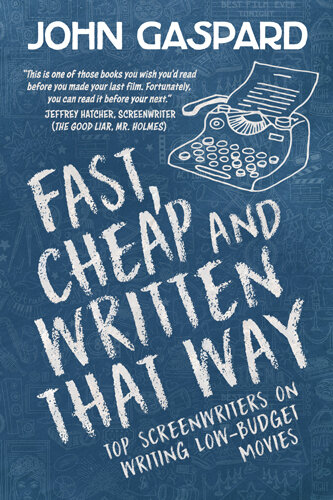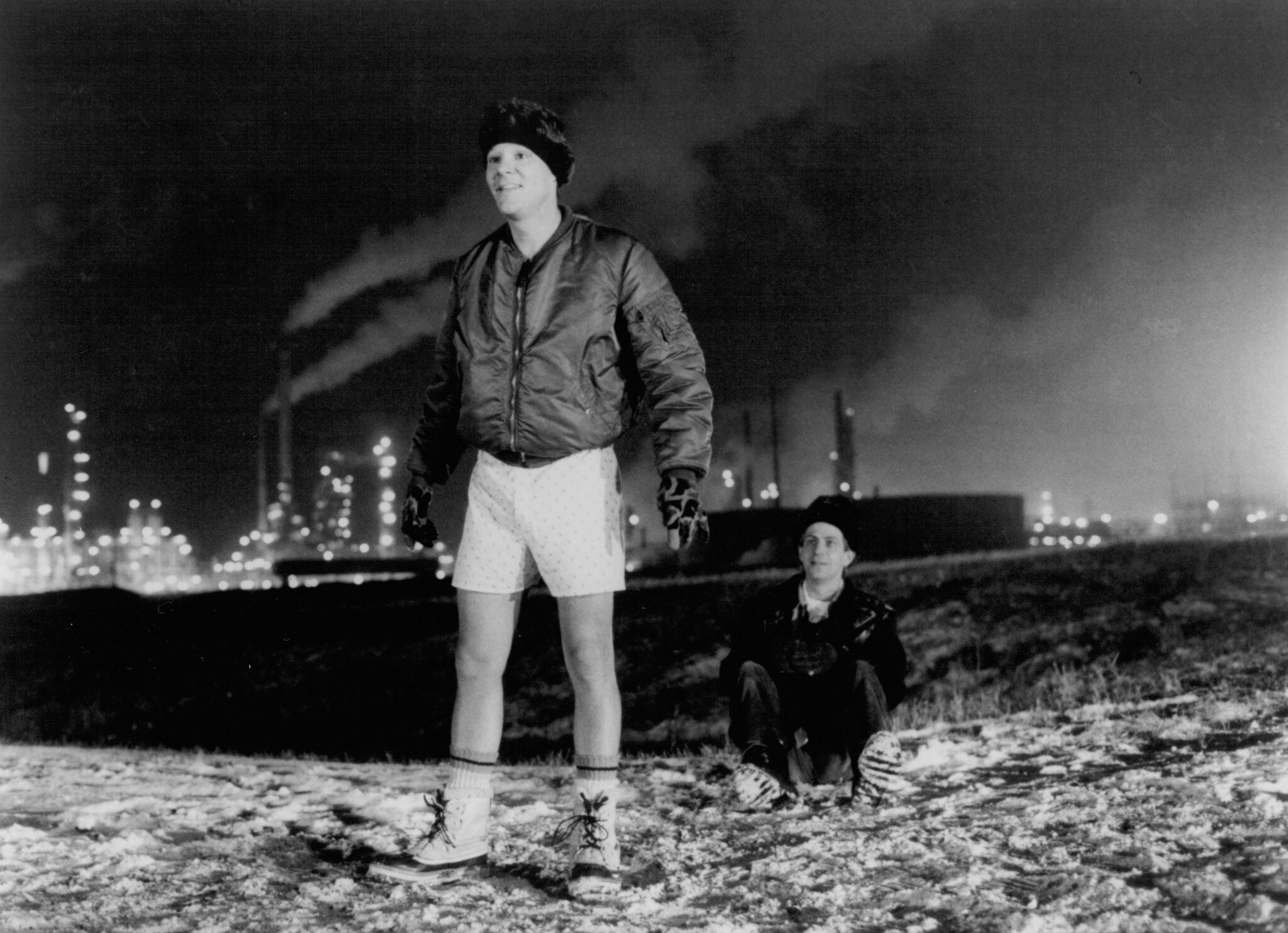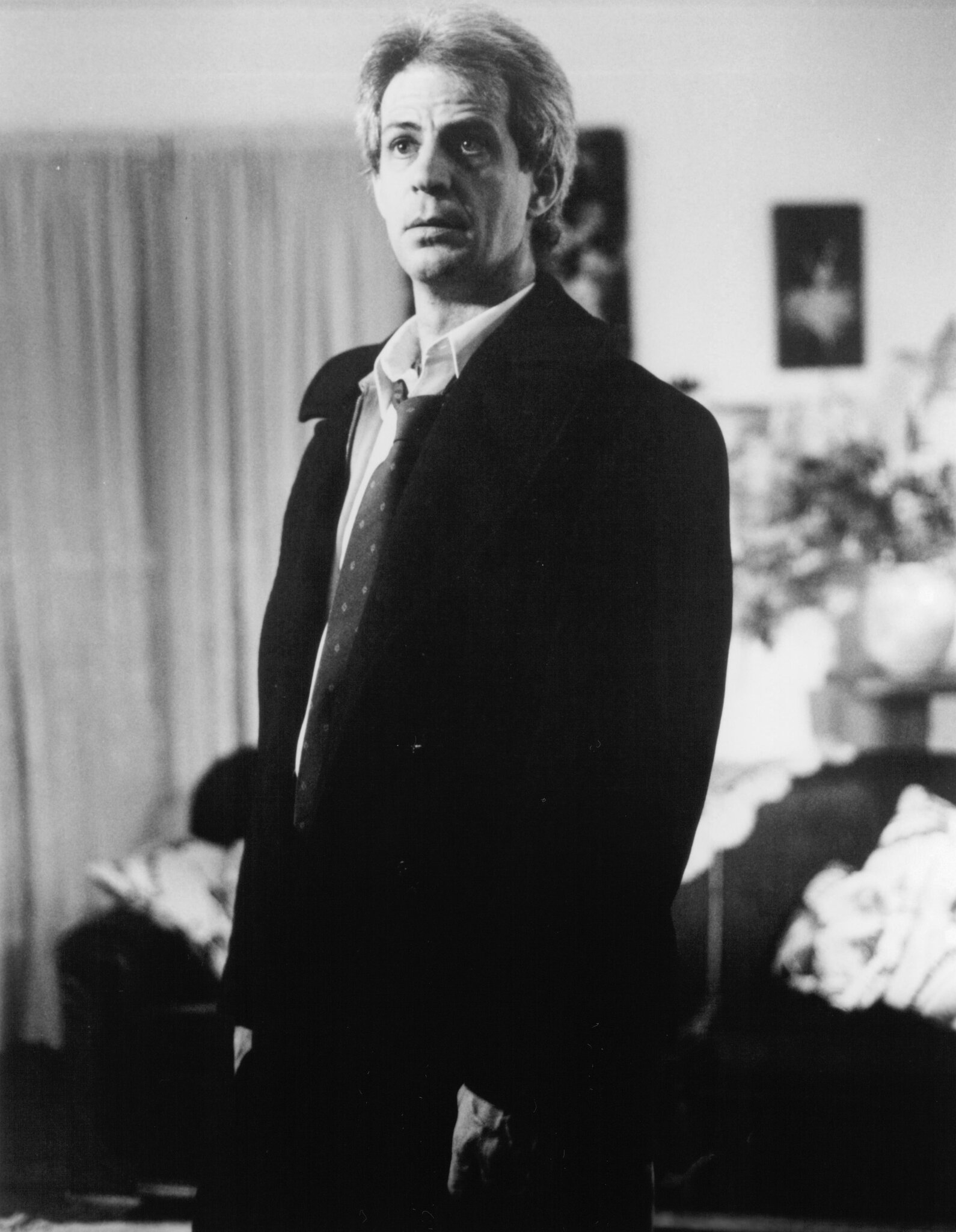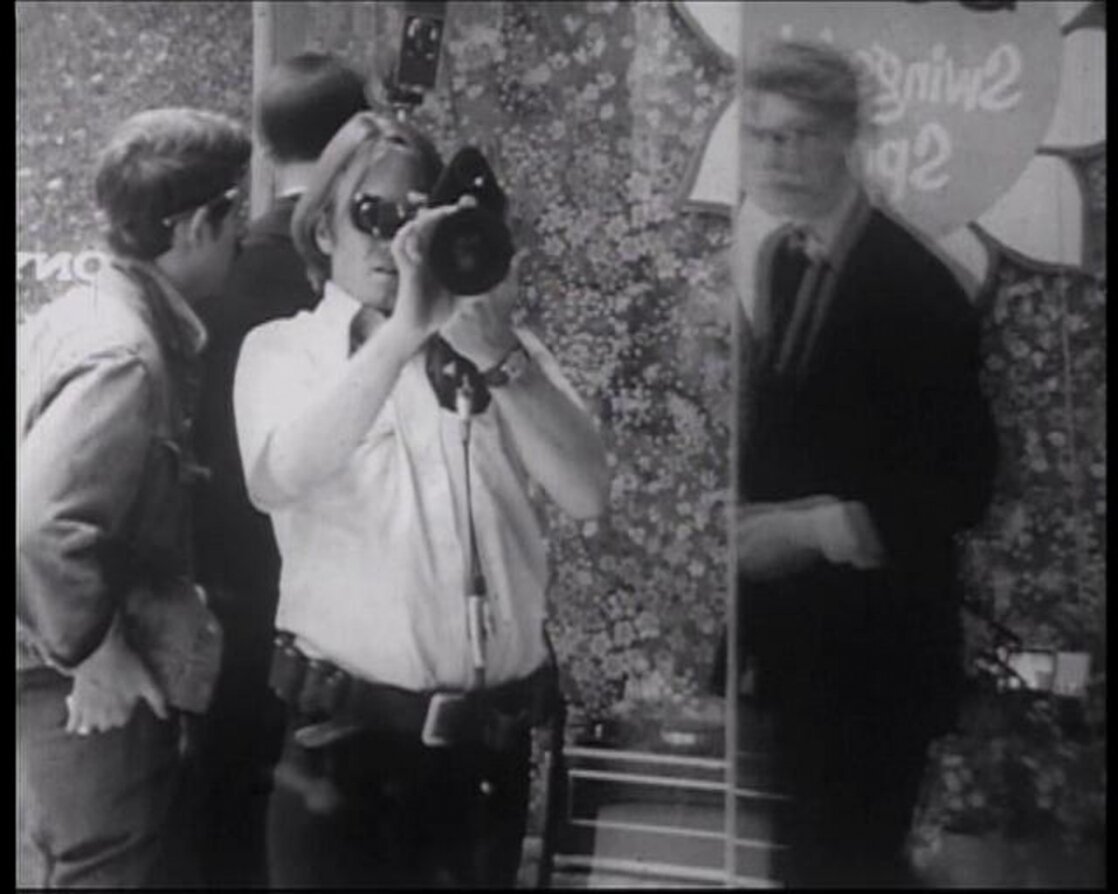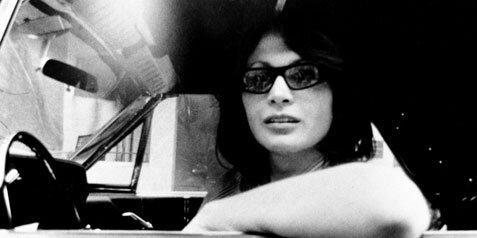Confess is a political story about Terell, a young man who uses video confessions first to avenge wrongs in his own life … and then moves to gathering confessions for all of society’s sins. It is a movie about the power of both film and technology, an illustration of Marsahll McLuhan's famous assertion that the medium is the message.
For me, the most important lesson to take away from Confess is writer/director Stefan Schaefer’s willingness to use a variety of resources – the Fifth Night public reading series, a workshop at The Hamptons Screenwriting Conference, mentors and friends – to shape the strongest script possible for his low-budget directing debut.
What was your filmmaking experience before starting Confess?
In 1996 I started working in film and founded a company. Our primary focus has been short documentary work for non-profits. We’ve also done some commercial work and some music videos. That gave me a lot of production experience, but I'd also studied theater and writing prior to that. So I actually came to the company with more experience in writing than production.
I wrote my first screenplay in 1995, and of course like most first-timers I thought, "Oh, this won't be so hard." I'd read a bunch of screenplays and thought I had a decent understanding of structure and how to subvert structure.
I wrote three, maybe four screenplays before Confess, and none of them have been produced and they were basically an exercise on how to create a compelling story.
How did you come up with Confess?
In about 1999, I read this article in The New York Times about these young hackers who were being hired by security firms and the government to counter-hack and protect corporate and government assets. I thought it would be an interesting documentary to pursue. I started meeting with them, and they were all really reluctant to be interviewed and to go on tape. So I thought this was a great world, but it was hard to get access to it.
At the same time I was reading about the revolutionary impulses happening in Southern Mexico and about Subcomandante Marcos, this charismatic revolutionary figure down there. He was using the media in an interesting way, writing these weekly treatises to the newspapers in Mexico City, and he became this underground media figure and revolutionary. And I got to thinking, what could an anti-corporate, anti-establishment quasi-revolutionary movement look like in the U.S.?
These two influences led me to the idea that one of the few viable options for voicing political dissent and undermining government and corporate agendas is via the Internet.
So I began sketching out a story about an ex-hacker who begins a series of abductions and forced confessions which, when he broadcasts video clips of them via the Internet, gives him a mythic status among those who are disaffected, disillusioned, angry at the status quo. I talked to people about it and there seemed to be interest.
When you started, were you thinking you would direct it?
No, I didn't necessarily think I would direct it. Then the more I invested in it and thought about it, and felt strongly attached to it, the more I thought I could direct it. Then, when I thought of it in that way, I thought it would probably be relatively low-budget.
More and more people at that point were beginning to do DV features. And I'd shot so much documentary stuff in digital formats that I felt very comfortable doing that.
What process did you go through writing the script?
This was a script that helped me come up with the way I write now. I gave myself deadlines that I wanted to meet; I wanted to get a first draft done in X amount of weeks. So I would try to write every morning, five days a week at least.
It doesn't have to be that way. Things have evolved; I have a kid now. Now I go to a writing space, the Brooklyn Writing Space, that's the most productive place for me to be. It's a 24-hour access carrel situation, with no Internet access. I just find that without the distraction of a phone or checking e-mails or going on-line to do research and ending up deep in some Internet tangent, it helps me focus.
I also used an outline/step sheet structure with Confess as we did revisions. I did a lot of drafts of this script. And I would go back to the Step Sheet and try to re-organize things.
Did you start with an outline?
Yeah, in a basic way. Now I would have made it much more detailed than I did at that point. I think this was the first project where I actually did use an outline.
How did you get into the Fifth Night reading series?
I submitted it, randomly. They had an on-line submission and I sent it in, and like most of these things you submit to, after months you think it's just fallen into an abyss. But then I got a call from Alex, who runs it, and she was enthusiastic about it. So I was lucky enough to do it.
What were some of the benefits of having that reading?
I think it was a mile marker along the way toward production. There were two or three hundred people there, so I got a lot of feedback just in terms of the script, but also working with actors even just for an afternoon and hearing their feedback helped me decide that I definitely wanted to direct it.
And it also made the relationship with the producers more concrete. They saw real potential, they saw that people were interested in it.
It was painful; there were moments where I remember standing up in the balcony watching and I just thought, "Oh my god, some of these scenes are just deadly." I wanted to hurl myself from the balcony.
So you saw some immediate changes you wanted to make while watching the reading?
Oh, yeah. And also having people react to it, laughing where you didn't think there should be a laugh, or just noticing people not being so engaged or really being engaged. I saw a lot of potential to make cuts, where scenes dragged on too long, the point was made, or ways that I could just jump right into a scene as opposed dragging it out as I had.
You also had a workshop for the script at the Hamptons Screenwriting Conference. How did that come about?
Going to The Hamptons came out of the Fifth Night reading. They were interested in projects that involved technology and so they asked me to submit it and I guess it fit into that category.
They gave the script to two mentors, and I spent a full afternoon with Larry Lasker (War Games, Sneakers), talking about it. He'd read it in advance and gave me feedback. He helped me a lot with the structure of it, but he also said, "Up the stakes. Have him target higher-profile people."
What was interesting was that I saw parallels in the feedback I was getting, and they came from people from different backgrounds. I figured if these people who are much more experienced are seeing similar possibilities and problems, then I have to suck it up and realize that I need to look at it again.
This was also true when we had a rough cut put together and started showing it to people. My feeling is that if three-quarters of the people are having a problem with a scene, then you've got to look at it.
At what point did you decide to use narration in the movie?
I had it in the earlier drafts, and then when we went into production we weren't totally committed to it. And then as we saw the cut coming together, we decided that we should bring it back in. So it was something that was there early on, and then pulled out in some of the middle drafts, and now it's back in there. I'm not in love with narration as a device, but people seemed to like it in this project.
Did you do any re-writing once your cast was in place?
Minor re-writing. More of the re-writing took place in post-production than on set.
There was one scene that I'd rehearsed a couple of times, and in the rehearsals it just didn't seem to be working so well. It was the first scene where Terell and Greg re-meet each other. The actor who played Greg, in particular, wasn't happy with the climax of the scene. So I listened to that and wrote another version and we all felt that it worked a little better.
So that was something that we rehearsed and then the day before we shot it I gave them the changes. It wasn't in the moment of actually shooting. There is some ad libbing in the movie, but by and large it was shot the way it was written.
At what point in the process did you decide to open the movie with the flash forward of the senator's kidnapping?
That was in post. That was driven by the whole idea of editing and re-editing, and the idea that it's kind of an edited universe and that Terell is editing what people are saying to make a point. We thought that would be an underlying idea while people are watching this movie.
That was one of the first structural changes that we made in post. We screened it for a few other filmmakers and that was an idea we had after hearing their comments, and we decided we'd try it. And we liked it.
What other structural changes did you make in post?
There were some second and third act scenes that we cut, sub-plots. They worked, the actors were good and the production value was good, but for the sake of moving the story forward and wanting to move toward the climax and resolution, they just seemed extraneous. It was hard for me, but in hindsight where I have a little better perspective, I feel like we made the right choices in terms of those scenes.
We had always scheduled in a couple days to do some pick-ups and re-shoots, and so that scene with Eugene Byrd and Melissa Leo on the pier, that was something that I wrote during post-production and had them come back.
Jonathan Stern is a pretty experienced producer and he budgeted that we would have two extra days to do some pick-ups around the city but then also maybe do some re-shoots. So we were fortunate enough to have Eugene and Melissa come back and shoot that. I think it helps the emotional arc of the story.
How did you blow up the Hummer?
Digitally. We rented a Hummer and did it just with on-set camera movement and special effects -- and not holding on it too long! One of the investors said, "Couldn't we just see a little bit more of that?" And I said, "Yeah, if you want to pony up another fifty grand."
Were there any movies that inspired Confess?
For this movie we were thinking about, in terms of the building sense of paranoia and the camera angles and the surveillance motif, The Conversation. That's one that we returned to the most in our discussions.
But I also looked at a lot of tech movies, to see what I wanted to do and what not to do. Movies like pI thought were interesting. Then there were movies where I didn't want to go in that direction, like Hackers.
I wanted to have the technology be central to the story, but also not date it too immediately. In writing it, and then in shooting it, I tried to be aware of that.
One movie I talked about a fair amount with my DP, even though I'm not sure anybody would talk about these two movies in the same breath, was Amores Perros, just in terms of the chaos in the city and stuff always crossing the frame. That was something I was trying to build in a little bit.
What did you learn from writing Confess that you'll take to future projects?
I find that the more I write, and the more I write in a collaborative way -- working with producers -- the less angry I get when I hear criticism. That's just the evolution of it all. You get so attached to something, and it's great to be able to step back and hear comments and not see it as an attack.
I don't know if it came specifically out of doing this project, but I feel like the more scripts I write, the better I am at hearing people and assessing whether I'm holding onto something for emotional reasons or whether it serves the story.
I learned the value in having mentors look at it or having a staged reading of it. It's interesting, this script has opened up a lot of things for me. People like this script and I got several jobs out of it, just the screenplay.
What's the best advice you've ever received about writing?
Keep doing it, very consistently, over and over. I think I've written fourteen screenplays, and most of them will never be produced. But I learned something from every one of them.
Confess was interesting because it was a nod in the direction of a thriller, but it also had character evolution and arcs as a central part of the story; it wasn't so plot-driven. So trying to find that balance was a challenge. And it was also fun and exciting to see what I could take from a genre film but also have it be a political movie.
Another part of the writing process was trying not to hit people over the head with the idea, and having it be something that people could have an emotional connection to and care about the character and want to go on a journey with this person.
In the earlier drafts, Terell had a political agenda from the first moment we met him. And now in the movie he's, in some ways, apolitical at the beginning of the movie. He's acting out of anger and spite, and the Ali Larter character helps shape and harness his anger into a political agenda that he then doesn't want to be part of at a certain point.
That's very different from what it was originally, where he was this political guy who wanted to make a statement. I'm interested in political movies, but it's always a dance not to be too on the nose.
About how many drafts to you think you went through to create that balance?
Probably about fifteen, at least.
Do you have any advice for someone starting a low-budget script?
In hindsight, I'd say that I should have done a story about four people in a farmhouse. One location. But I think it's pretty dependent on where people are and what they're familiar with. The digital formats are enabling people to do so much now.
We shot Confess in sixteen days and we had about thirty locations and a huge cast. And that was a lot to manage as a first-time director. I guess I'd recommend scaling it back a little bit. On the other hand, I think there are plenty of cases of really inventive ways of using the technology and shooting something cheap.
I would encourage people not to worry so much about the budget. Write the script, get your ideas down, and then you can always tweak it. You can always change the location of a scene, you can always tone down the more expensive aspects of the script. I think it's pretty common that someone imagines it will be a five million dollar movie, and then all of a sudden two years later they get $500,000 or $300,000 and they're shooting it HD or in DV.
It works differently, but it still works.
Dying to make a feature? Learn from the pros!
"We never put out an actual textbook for the Corman School of Filmmaking, but if we did, it would be Fast, Cheap and Under Control."
Roger Corman, Producer
★★★★★
It’s like taking a Master Class in moviemaking…all in one book!
Jonathan Demme: The value of cameos
John Sayles: Writing to your resources
Peter Bogdanovich: Long, continuous takes
John Cassavetes: Re-Shoots
Steven Soderbergh: Rehearsals
George Romero: Casting
Kevin Smith: Skipping film school
Jon Favreau: Creating an emotional connection
Richard Linklater: Poverty breeds creativity
David Lynch: Kill your darlings
Ron Howard: Pre-production planning
John Carpenter: Going low-tech
Robert Rodriguez: Sound thinking
And more!
Write Your Screenplay with the Help of Top Screenwriters!
It’s like taking a Master Class in screenwriting … all in one book!
Discover the pitfalls of writing to fit a budget from screenwriters who have successfully navigated these waters already. Learn from their mistakes and improve your script with their expert advice.
"I wish I'd read this book before I made Re-Animator."
Stuart Gordon, Director, Re-Animator, Castle Freak, From Beyond
John Gaspard has directed half a dozen low-budget features, as well as written for TV, movies, novels and the stage.
The book covers (among other topics):
Academy-Award Winner Dan Futterman (“Capote”) on writing real stories
Tom DiCillio (“Living In Oblivion”) on turning a short into a feature
Kasi Lemmons (“Eve’s Bayou”) on writing for a different time period
George Romero (“Martin”) on writing horror on a budget
Rebecca Miller (“Personal Velocity”) on adapting short stories
Stuart Gordon (“Re-Animator”) on adaptations
Academy-Award Nominee Whit Stillman (“Metropolitan”) on cheap ways to make it look expensive
Miranda July (“Me and You and Everyone We Know”) on making your writing spontaneous
Alex Cox (“Repo Man”) on scaling the script to meet a budget
Joan Micklin Silver (“Hester Street”) on writing history on a budget
Bob Clark (“Children Shouldn’t Play with Dead Things”) on mixing humor and horror
Amy Holden Jones (“Love Letters”) on writing romance on a budget
Henry Jaglom (“Venice/Venice”) on mixing improvisation with scripting
L.M. Kit Carson (“Paris, Texas”) on re-writing while shooting
Academy-Award Winner Kenneth Lonergan (“You Can Count on Me”) on script editing
Roger Nygard (“Suckers”) on mixing genres
This is the book for anyone who’s serious about writing a screenplay that can get produced!

